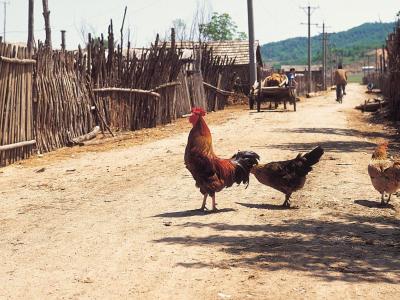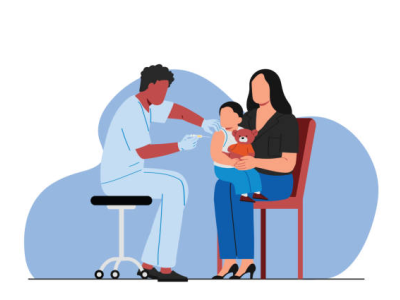In its latest zoonotic flu update, the World Health Organization (WHO) said Bangladesh has notified it of two new human H5N1 avian flu infections, which appear to be the country’s first since 2015.
.jpg)
Both patients are children from Khulna division in the country’s southwest. Both are boys who have recovered from their infections.
In one of the cases, H5N1 was detected in a sample collected from the child in April 2025. Bangladeshi officials notified the WHO on May 4. The month before the patient got sick, an H5N1 outbreak in poultry was reported from the same district where the child lives.
The other case was detected retrospectively in a sample collected from the child in February 2025. WHO was notified of the case on May 27.
Virus identified as older local H5N1 clade
In both instances, genetic sequencing conducted by Bangladesh’s Institute of Epidemiology, Disease Control, and Research revealed the older 2.3.2.1a clade, which is known to circulate in birds in India and Bangladesh.
The same clade was found during the investigation into a fatal H5N1 case reported in an Indian child in April, an 2021 fatal infection in an Indian child who had an underlying health condition, and a 2024 illness in an Australian child who had recently visited India and had a severe illness but recovered.
During a twice yearly deliberation on flu virus vaccine strains for pandemic preparedness, a WHO advisory group recommended 2.3.2.1a as one of its two picks, given ongoing circulation in birds and poultry in Bangladesh and India, despite the more recent introduction of the 2.3.4.4b global clade. Also, the advisory group noted that 2.3.2.1a had turned up in captive tigers, a captive leopard, and domestic cats in India.














